How Does a Foot Pressure Distribution Tester Serve Foot Sports Medicine?
Foot sports medicine is a specialized field dedicated to preventing, diagnosing, and treating injuries and conditions related to the feet in athletic contexts. The demands placed on an athlete's feet are unique, requiring tools and technologies that provide precise insights into foot function and performance. One such revolutionary tool is the foot pressure distribution tester.
This device has emerged as a game-changer in foot sports medicine, enabling professionals to analyze and address biomechanical issues with unmatched accuracy. But how exactly does it serve this field? Let’s dive into its applications, benefits, and impact on athletes and non-athletes alike.
Understanding Foot Pressure Distribution Testers
A foot pressure distribution tester is a diagnostic device that measures how pressure is distributed across the foot during standing, walking, or running. It uses pressure-sensitive sensors to capture data, which is then visualized as heatmaps, graphs, or detailed reports.
These devices can reveal key insights into:
Weight distribution.
Gait abnormalities.
Pressure points causing discomfort.
Risk factors for foot injuries.
This data is invaluable in sports medicine, where small inefficiencies or imbalances can lead to significant performance issues or injuries.
Key Roles in Foot Sports Medicine
1. Injury Prevention
Athletes are prone to foot and lower limb injuries due to repetitive stress and high-intensity activities. A foot pressure distribution tester helps identify abnormal pressure patterns, which could indicate overpronation, supination, or uneven weight distribution.
By addressing these issues early—through custom orthotics, proper footwear, or targeted training—sports medicine specialists can significantly reduce injury risks.
2. Performance Optimization
Foot mechanics play a crucial role in athletic performance. A tester provides detailed insights into how an athlete’s feet interact with the ground, helping refine their gait and posture.
For example:
Runners can adjust their stride to improve speed and reduce energy wastage.
Basketball players can enhance their jumping and landing techniques to avoid stress injuries.
Golfers can analyze balance during their swing for better stability and accuracy.
3. Rehabilitation Support
Recovering from a foot injury often requires careful monitoring of progress. A foot pressure distribution tester allows practitioners to track changes in pressure patterns over time, ensuring the effectiveness of rehabilitation programs.
Whether it’s a stress fracture, plantar fasciitis, or Achilles tendinitis, the tester provides real-time feedback that guides recovery plans.
4. Customization of Footwear and Orthotics
Footwear plays a critical role in both injury prevention and performance. With the data from a foot pressure distribution tester, sports medicine specialists can recommend or design:
Shoes tailored to an athlete’s pressure distribution.
Orthotic insoles that provide support where it’s needed most.
This customization ensures maximum comfort and functionality, which can make all the difference during competition.
Applications in Specific Sports
1. Running
Runners often experience issues like overuse injuries, shin splints, and plantar fasciitis. A foot pressure distribution tester can identify improper foot strikes or imbalances, helping runners adjust their form and reduce stress on vulnerable areas.
2. Soccer and Football
Quick movements and sudden direction changes put players at risk for ankle sprains and stress injuries. These testers analyze weight distribution during such actions, aiding in injury prevention strategies.
3. Tennis
Frequent lateral movements require stable foot mechanics. A tester helps ensure that players’ footwear and posture support these dynamic movements.
4. Cycling
Even though cycling involves less direct foot impact, improper pressure on pedals can lead to knee or hip issues. A foot pressure distribution tester can optimize pedal-shoe alignment for better efficiency.
Benefits for Non-Athletes
While athletes gain significant advantages, non-athletes also benefit from foot pressure distribution testers in sports medicine. Everyday issues like flat feet, high arches, or chronic foot pain can be addressed using the same principles.
For example:
Older adults can prevent falls by analyzing and correcting balance-related issues.
Workers who stand for long hours can identify pressure points and choose better footwear.
Recreational runners can reduce injury risks and improve their fitness journey.
Choosing the Right Tester
For professionals in sports medicine, selecting the right foot pressure distribution tester is critical. Factors to consider include:
Accuracy: Ensure the device captures precise and reliable data.
Durability: Look for a system that can withstand frequent use.
Ease of Use: User-friendly software and clear instructions make the analysis process smoother.
Portability: Lightweight options are ideal for sports therapists working across multiple locations.
Compatibility: Check whether the device integrates with existing systems or apps.
Challenges and Limitations
While these devices offer numerous benefits, they’re not without limitations.
Cost: High-end testers can be expensive, making them less accessible for smaller clinics.
Learning Curve: Proper interpretation of data may require training.
Supplementary Use: These testers should complement, not replace, other diagnostic tools and assessments.
The Future of Foot Pressure Distribution Testers in Sports Medicine
As technology continues to evolve, we can expect even more advanced features in foot pressure distribution testers:
AI-Driven Insights: Automated analysis and recommendations tailored to individual needs.
Wearable Integration: Continuous monitoring during training or games for real-time feedback.
Cloud Connectivity: Easier sharing of data between athletes, coaches, and medical teams.
These innovations will further solidify the role of these devices in enhancing foot sports medicine.
A foot pressure distribution tester is more than just a diagnostic tool—it’s a gateway to better foot health and optimized performance. By identifying latent issues, refining techniques, and supporting recovery, it plays a pivotal role in sports medicine.
Whether you’re an elite athlete or someone dealing with chronic foot pain, the insights provided by this technology can make a tangible difference. Sports medicine practitioners, armed with this powerful tool, can offer personalized solutions that enhance mobility, prevent injuries, and elevate performance.
In the world of sports, where every step counts, a foot pressure distribution tester ensures that each one is a step in the right direction.

 +86-0755-86131192
+86-0755-86131192 2024-12-26
2024-12-26 Back to list
Back to list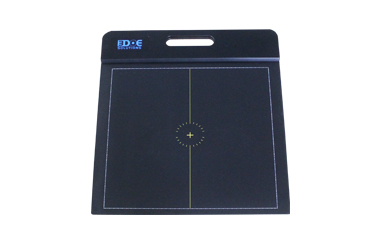
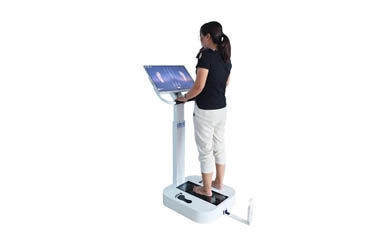
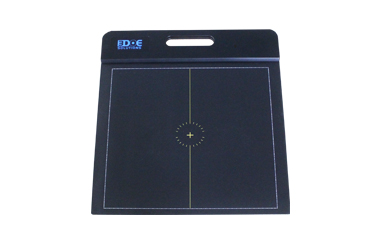
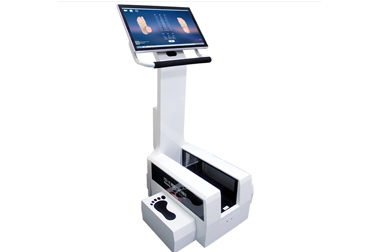
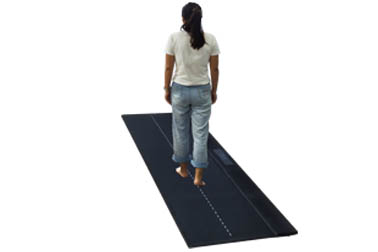
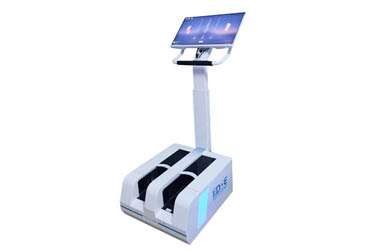



 +86-0755-86131192
+86-0755-86131192